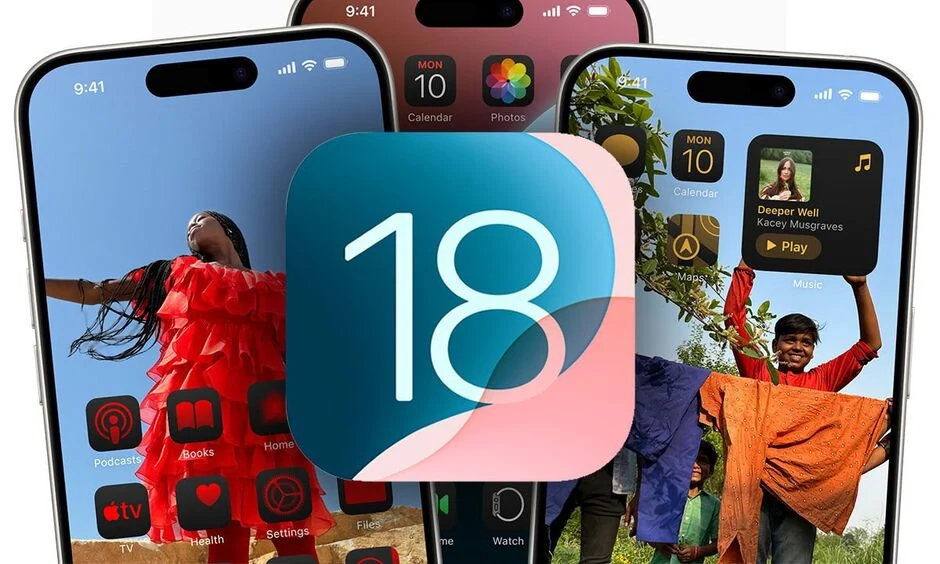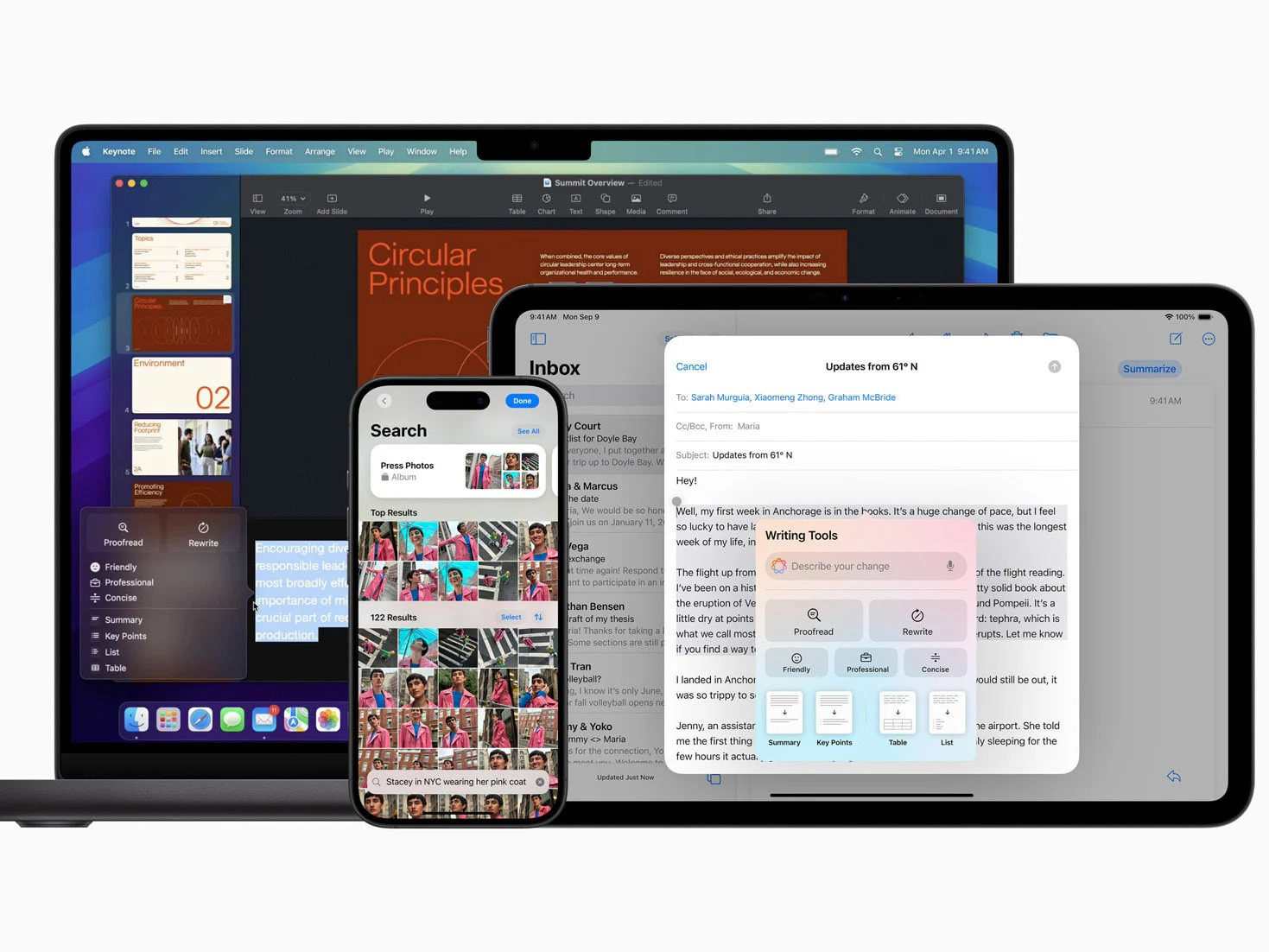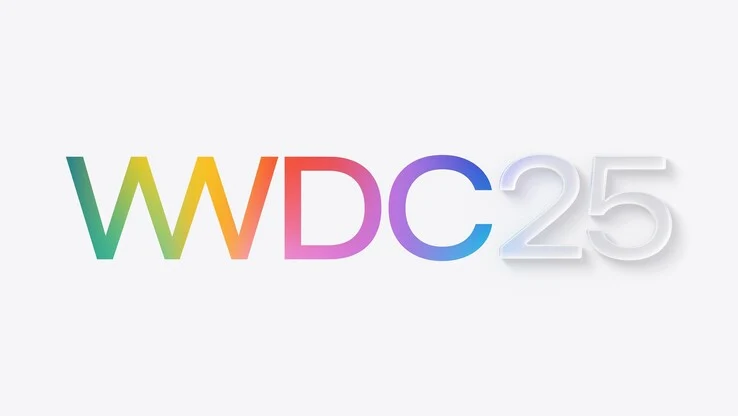Key Takeaways
1. Apple is shifting to a year-based naming convention for its operating systems, moving away from the traditional numbering system.
2. The new naming system will apply to iOS, iPadOS, macOS, watchOS, tvOS, and visionOS, simplifying updates for users and developers.
3. A significant design update, codenamed Solarium, is in the works, marking the most substantial visual change since iOS 7 in 2013.
4. Expected features for iOS 26 include support for external displays and a redesigned Camera app, while iPadOS 26 will introduce a new menu bar for improved productivity.
5. Anticipation is building for Apple’s WWDC 2025, where these changes and updates are expected to be officially announced.
Apple is preparing for a significant shift in the way it names its operating systems. Recent reports suggest that the company is stepping away from its usual numbering system for iOS, iPadOS, macOS, and others. Instead, it’s adopting a year-based naming convention, which could simplify things for users. With a major visual overhaul also on the horizon, Apple’s next big announcement at WWDC 2025 promises to be transformative. Here’s what we’ve learned so far.
A New Approach to Naming
Bloomberg News (behind a paywall) reports that Apple intends to name its upcoming operating systems after the year they are released. This means this fall, we might see iOS 26 instead of iOS 19. This change, likely to be officially announced at the Apple Worldwide Developers Conference (WWDC) on June 9, will affect iPadOS, macOS, watchOS, tvOS, and visionOS as well. The goal is to make it easier for users and developers to follow updates, similar to how some car models are named for the year they’re released. Therefore, we can expect names like iPadOS 26 and macOS 26, all coming with a similar naming style.
Major Design Changes Ahead
But it’s not only about renaming—Apple is also working on a substantial design update, codenamed Solarium, which will affect all its operating systems. Reports indicate that this could be the most significant visual update since the launch of iOS 7 in 2013, offering a new look for everything from the iPhone to the Apple Vision Pro.
For iOS 26, there are whispers of new features, including support for external displays and a revamped Camera app. Meanwhile, “iPadOS 26” is set to take inspiration from macOS with a new menu bar aimed at enhancing productivity for tablet users. Although information regarding watchOS, tvOS, and visionOS remains limited, the Solarium update is expected to deliver a unified and contemporary aesthetic across Apple’s product line.
Anticipation for WWDC
With WWDC just around the corner—scheduled from June 9 to June 13—anticipation is building around Apple’s new direction. Will iOS 26 and its counterparts meet expectations? We’ll discover soon enough, but for the moment, it appears that Apple is dedicated to refreshing its software and making it more user-friendly.
Source:
Link




